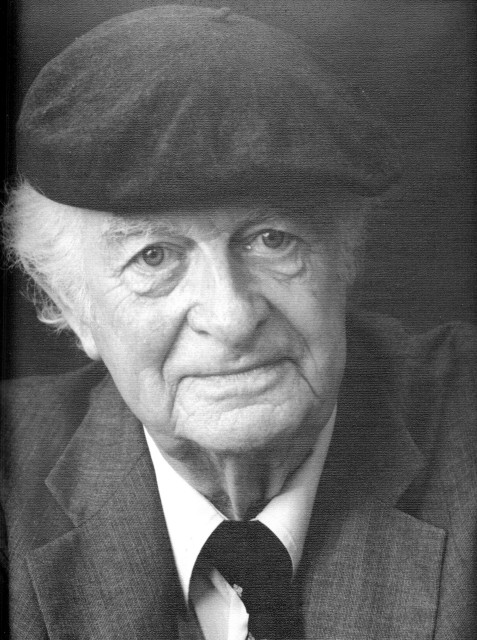Linus Carl Pauling
1901-1994

Pauling described sickle-cell anemia as the first clear example of a molecular disease, thus originating the field of molecular biology. During his later years, he introduced the concept of orthomolecular medicine and promoted the controversial use of megadoses of Vitamin C for the common cold and cancer. Pauling was a great teacher, and his textbook "General Chemistry", with its emphasis on three-dimensional structures, changed the way that subject is taught. Pauling's scientific career is characterized by the application of intuitive hunches, not always but frequently correct, aided by a phenomenal memory of chemical facts. Following the development of nuclear weapons, Pauling became concerned about the radiation hazards of testing and, with the aid of a petition to the United Nations signed by 11,021 scientists, helped bring about the first Nuclear Test Ban Treaty; he explained his views in a book "No More War".
Sponsor: George E. Leroi
Location in chemistry building: First Floor; Elevator area East Wall; Sequence 2
Source: Linus Pauling Institute